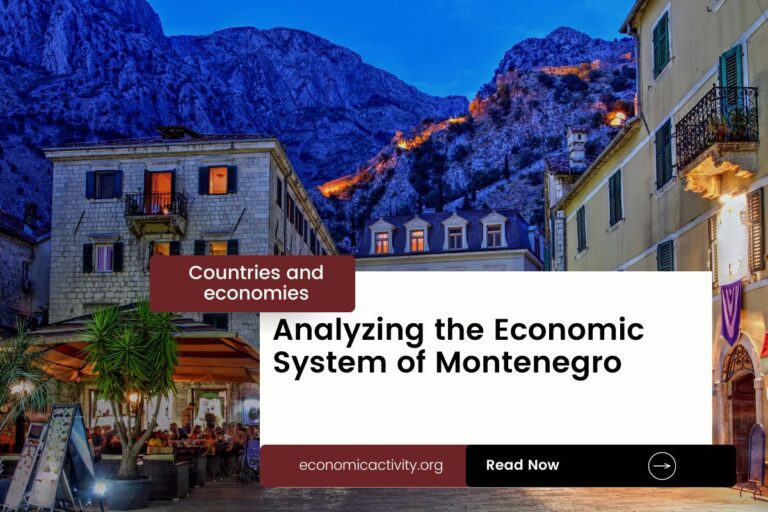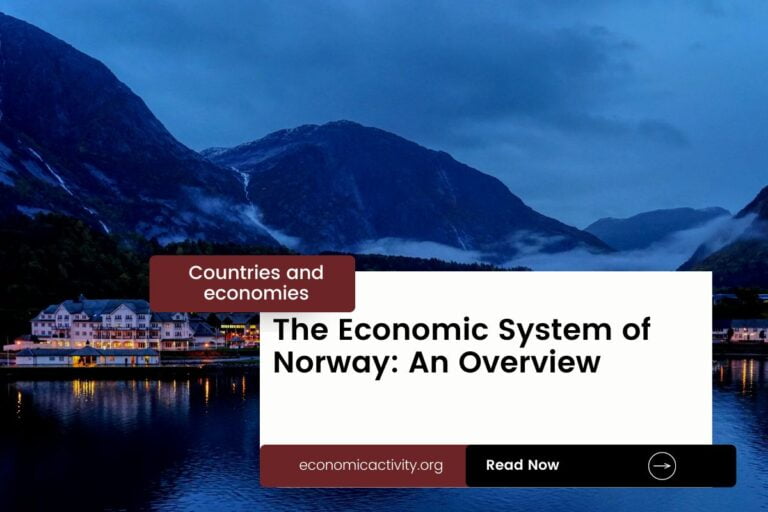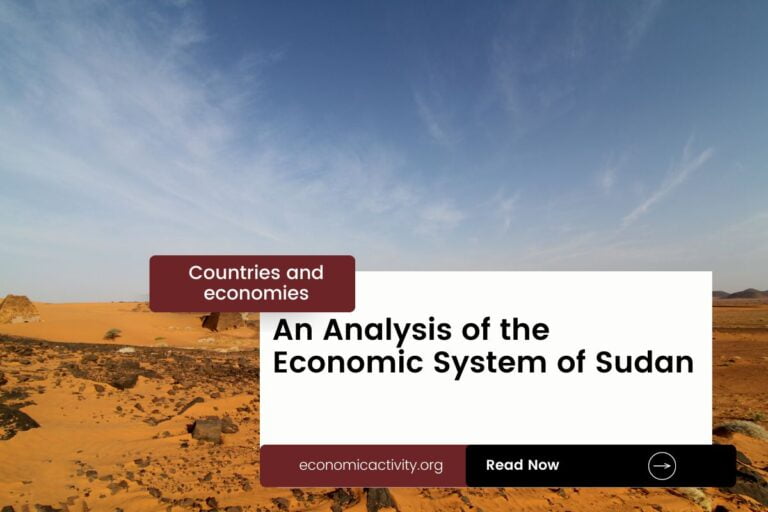Hungary, with a population of 9,643,048, is ranked 92nd in the world, just behind Tajikistan. Located in Central Europe, Hungary covers 93,030 square kilometers, ranking 105th globally, just below the United Arab Emirates.
Hungary’s economic position in 2022 showcases a GDP of $177,337,436,677.365, ranking 55th globally. It stands behind Algeria, with a GDP of $194,998,449,769.085. The GDP per capita for Hungary is $18,390.185, placing it at the 57th position worldwide.
It lags behind Croatia, which has a GDP per capita of $18,570.404. Despite facing challenges, Hungary’s economy remains stable and contributes significantly to the global economic landscape.
What are the economic activities of Hungary?
- Primary activities: 3.9% of GDP.
- Secondary activities: 31.3% of GDP.
- Tertiary activities: 64.8% of GDP.

Primary Sector of Hungary
Hungary’s primary sector, mainly agriculture, thrives due to its temperate climate and fertile soil. With 55.27% of the land dedicated to agriculture, the country produces a variety of crops and animal products. The main agricultural products include wheat, maize, milk, barley, sunflower seeds, rapeseed, sugar beets, pork, grapes, and apples.
Despite contributing 3.9% to the GDP, agriculture plays a crucial role in the economy by providing employment and ensuring food security. The diverse range of agricultural products highlights the sector’s significance in sustaining Hungary’s agricultural industry.
The country’s geological diversity provides a rich array of natural resources. Bauxite, coal, and natural gas are key assets, supporting industries like mining and energy production. Additionally, the fertile soils and extensive arable land contribute significantly to the agricultural sector, boosting the economy through exports and food production.
Furthermore, Hungary’s oil economic activity plays a crucial role in its economy, with a daily production of approximately 17,733 barrels. Despite ranking 49th globally in oil production, the country holds reserves of 28.6 million barrels, representing only 0.1% of the world’s oil reserves.
Hungary’s natural gas production in 2020 reached 1,772 million m³, ranking 59th globally. This activity plays a crucial role in supporting the country’s energy production sector, contributing to its economic growth and stability.
Secondary Sector of Hungary
What is the secondary sector or what are secondary activities?
The secondary sector involves industries that transform raw materials from primary activities into finished products for consumption. In Hungary, the main industrial products include metallurgy, construction materials, processed foods, textiles, chemicals (especially pharmaceuticals), and motor vehicles. These industries play a crucial role in the country’s economy by producing goods for domestic consumption and export.
Manufactures play a crucial role in Hungary’s total exports, accounting for 86.16% in 2023. This highlights the significant contribution of the manufacturing sector to the country’s economy and global trade.
Tertiary sector of Hungary
What is the tertiary sector or what are tertiary activities?
The tertiary sector in Hungary encompasses services that enhance productivity and meet needs through intangible goods like advice and expertise. Key activities include restaurants, healthcare, education, banking, communication, media, tourism, and transportation. These services contribute significantly to Hungary’s economic growth and development.
Specifically, Hungary’s tourism industry significantly contributes to its economy, with 61,397,000 annual arrivals, representing a tourist arrival ratio of 6.367 per capita. Budapest, the capital, and Lake Balaton, a popular summer destination, are among the country’s most visited attractions, showcasing its rich cultural heritage and natural beauty.
Another example of tertiary economic activity is the mobile cellular sector, with over 10 million subscriptions, supporting technological growth by enhancing connectivity, fostering innovation, and enabling digital services across industries.
Military Activities and Economic Sectors of Hungary
The military is a key example of various economic activities in Hungary. The primary sector supports the military by providing resources, while the secondary sector focuses on manufacturing military equipment. The tertiary sector includes services provided by the military, such as logistics and training. Additionally, the quaternary sector involves military research and development, and the quinary sector deals with high-level decision-making and strategy.
In 2023, Hungary’s military expenditure was $4,355.5 million, which is 1.52% of its GDP. The active military force consists of 27,800 personnel, resulting in about 6.1 active military members per 1,000 people in the country.
Biggest company in Hungary
Which is the biggest company in Hungary? The largest company is OTP Bank, with a market value of 8.49 billion USD. It operates in the banking industry, which is part of the tertiary economic sector. OTP Bank was founded in 1949 and has since become a key player in Hungary’s financial landscape.
International Trade of Hungary
Import Activities of Hungary

Hungary’s import activities are of high importance, accounting for 95.52% of its GDP in 2023, totaling 148.9 trillion HUF.
Hungary’s import activities are significant, with key partners like Germany, China, Austria, Slovakia, and Poland. Main imports include natural gas, vehicle parts, electricity, cars, and plastic products.
Exports Activities of Hungary

In Hungary, exports make up 91.21% of GDP, indicating a high level of importance. Total exports in 2023 amounted to 1.58 quadrillion, driving economic growth significantly.
Hungary primarily exports cars, vehicle parts/accessories, electric batteries, packaged medicine, and computers. Its top export partners are Germany (24%), Italy (6%), Romania (5%), Slovakia (5%), and Austria (4%).
Hungary economy challenges in 2024
Hungary faces economic challenges in 2024. With a high-income status, the country tightens fiscal policy to address budget deficits. Delays in EU funds due to judicial issues add strain. High inflation and low consumer confidence persist, prompting a search for energy alternatives to reduce reliance on Russian gas.




Leave a Reply